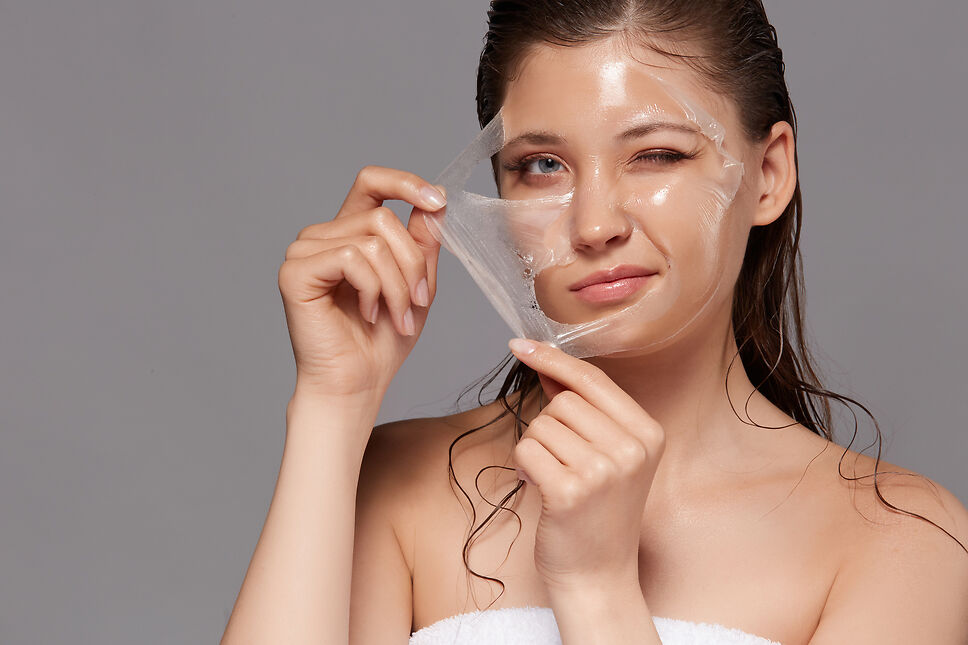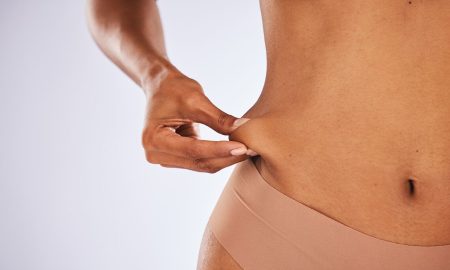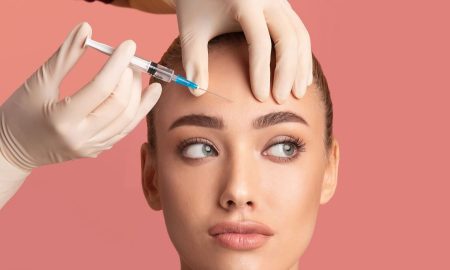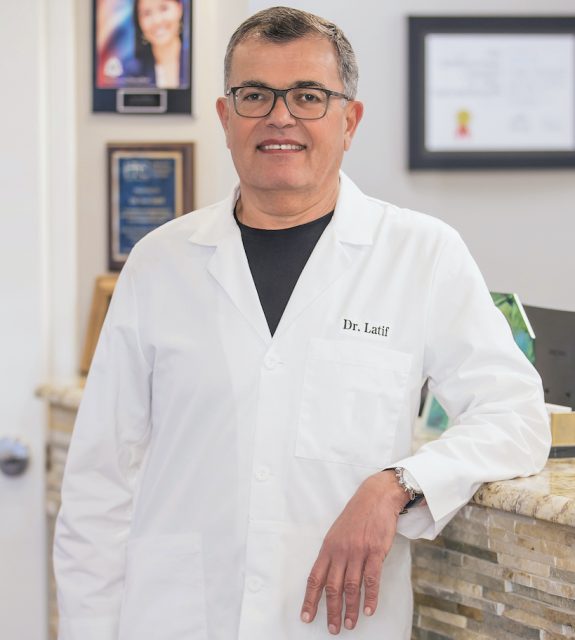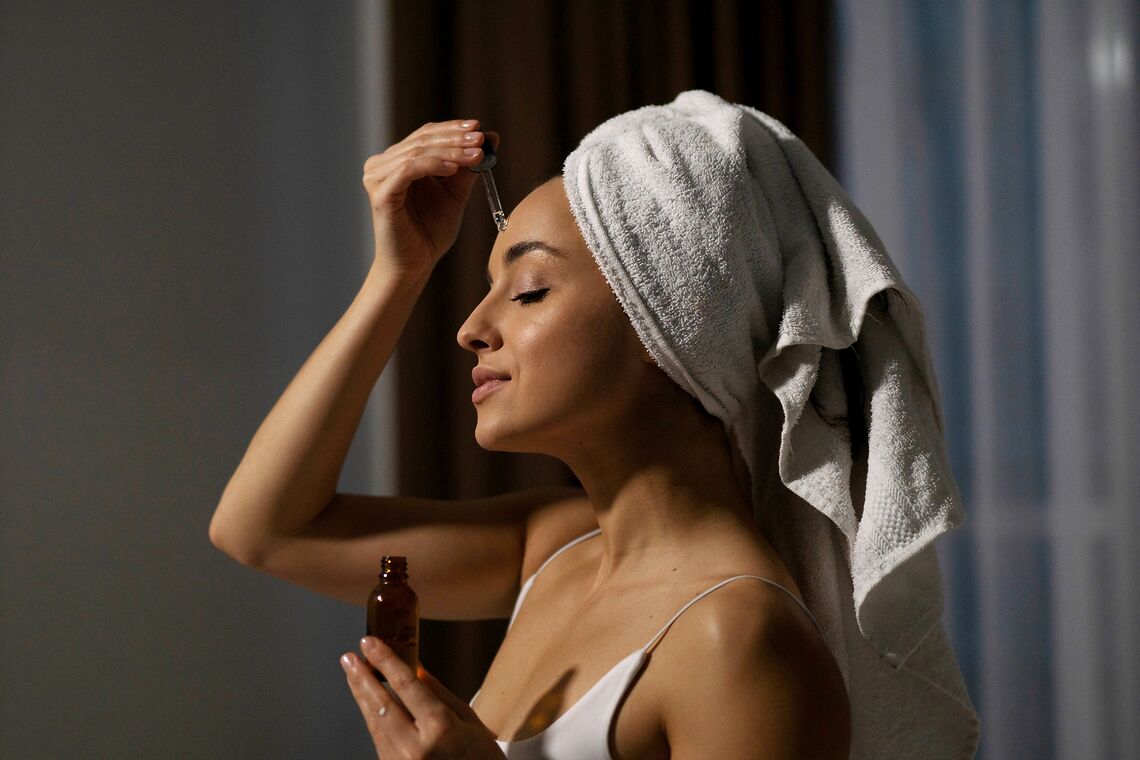 Photo Credit: Shutterstock
Photo Credit: Shutterstock
Julie E. Russak, M.D., FAAD., is a Board-Certified Dermatologist, Fellow of the American Academy of Dermatology, serves as Faculty at the Mount Sinai Hospital, and founder of Russak Dermatology Clinic. Dr. Russak has received numerous honors and recognition of her clinical excellence, including being selected as a “New York Super Doctor” by The New York Times. Dr. Russak currently serves as Faculty at Mount Sinai Hospital, where she teaches Dermatology Residents and Medical Students. Her clinical interests and expertise extend to many aspects of General, Cosmetic and Pediatric Dermatology, Skin Cancer and Dermatologic Surgery.
Haute Beauty sits down with Dr. Julie Russak to learn more about her stem cell facelift, which actually kickstarts your own body’s rejuvenation, to give your face a more lifted and sculpted appearance.
HB: Who is the ideal candidate for stem cell facial?
The ideal candidate would be somebody who is trying to regenerate and rejuvenate the face and the skin overall. It’s somebody who’s already starting to notice the first signs of losing volume and losing collagen. Not somebody who’s already lost everything, but somebody who still has good metabolic potential. So it’s good for somebody from 32 years-old, to 70 years-old.
HB: How does the stem cell facelift work?
Exosomes are stem cells and are a level above PRP because exosomes are extracts from embryonic stem cells. Embryonic stem cells are derived from a donated umbilical cord. Those cells are at their prime of sending the signals for regeneration. They have the strongest amount of signal molecules in them to stimulate regeneration. We can micro-needle exosomes or inject them.
With the stem cell facelift, you’re really getting a natural three-dimensional regeneration. We are giving the signal to all the molecules and the cells of your face in the area we injected stem which includes bone, muscles, fat and keratinocytes of the skin. So we’re getting a multi-regeneration and not just increasing or tightening the skin just by pulling.
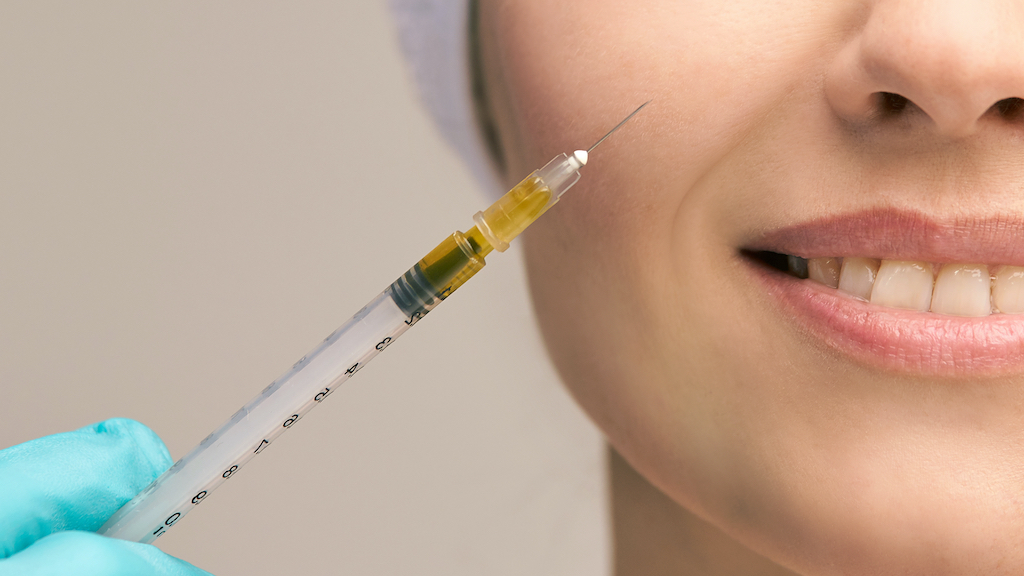 Photo Credit: Shutterstock
Photo Credit: Shutterstock
HB: How many treatments are necessary?
Since results are from within and your body’s own regeneration, we usually see our patients back in three months for the first follow-up picture, but the process of regeneration just continues for up to a year.
You will continue aging and therefore probably will need a booster after but it depends on how fast you’re aging. It’s really about how well you’re taking care of yourself.
Three months is the beginning of when we start seeing results. A majority of my patients start noticing results after one month when they begin seeing healthier-looking skin. The skin becomes righter and brighter, and lastly, they start noticing more volume in the face and a restored lift that they had in the past.
HB: What is the recovery process like?
It’s a minimal downtime procedure because it is injections, and most of the injections are done with a cannula.
You do end up with swelling because we inject 6 ccs of liquid into the face. The swelling subsides within 48 hours. It’s similar downtime to filler injections, before and after we recommend avoiding red wine, aspirin, aleve, any blood thinners and exercise for 48 hours.
For more information, visit Dr. Brian A. Levine's social media:





